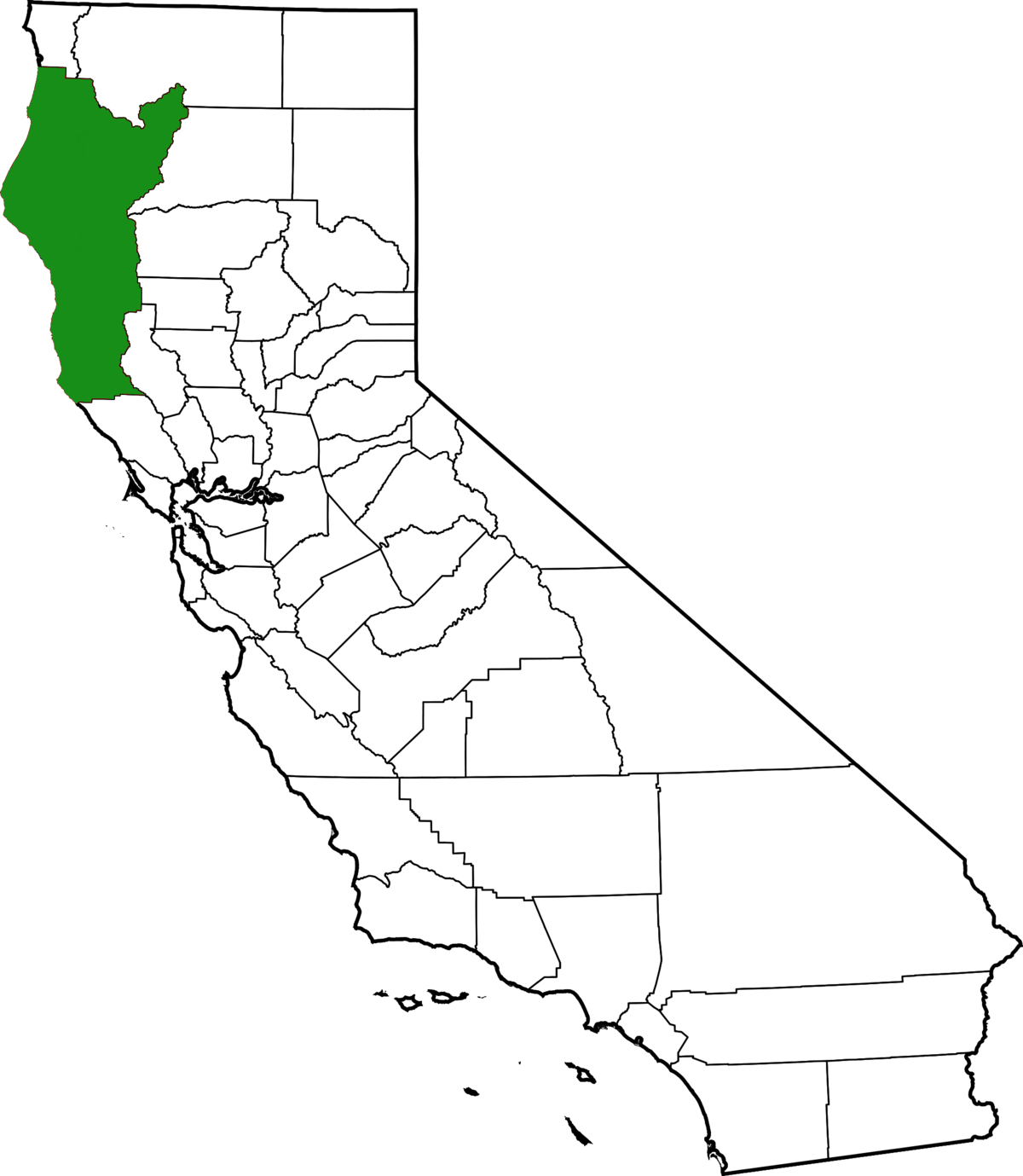acespicoli
Well-known member
These have that good indoor easily dwarfed traits ?Corey x DMT.. Ill prob hit 1 of these with THHx P41 pollen..They all look identical. I do like the plant in the last pic the most. These are solid Afgh genetics.. All are less t han 15" tall,
View attachment 18815150 View attachment 18815149 View attachment 18815148 View attachment 18815147
Does it branch much or one main stem indoors min veg cycle?
Looks like theres some frost in there how many weeks?
Really should have shared this earlier in the thread...first few posts
Joe had some interesting stories
Photo by Jake
Last edited:

 you do some great work!
you do some great work!











